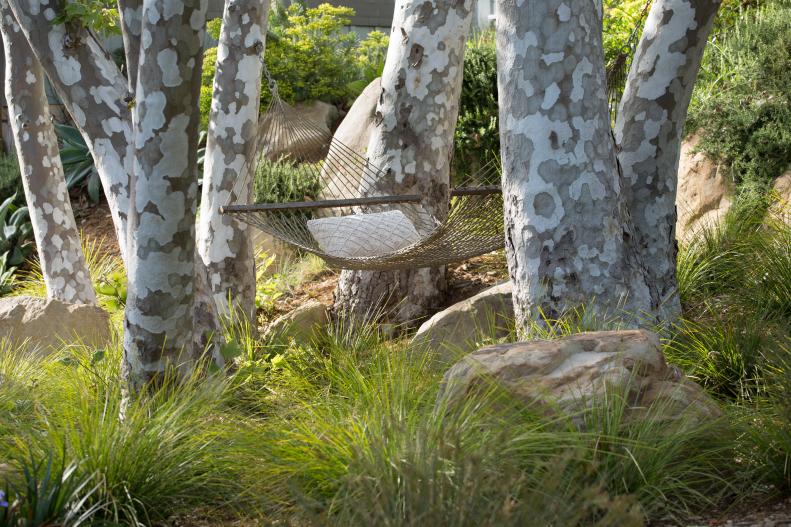1 / 13
Photo: Holly Lepere.
From:
Kiesel Design.
Trees Rule
“The best time to plant a tree was 20 years ago, the next best time is today.” ~ Chinese proverb
And if you can't plant a tree today, try this weekend. There are many reasons to plant a tree, including health benefits, cost savings and increased property value.
Fall is generally a great time for planting most trees and not just because the weather is better for landscaping. The warm ground combined with the cooler air helps the roots get established before winter and without the stress of the summer heat.
Here are some essential reasons to plant a tree today.









